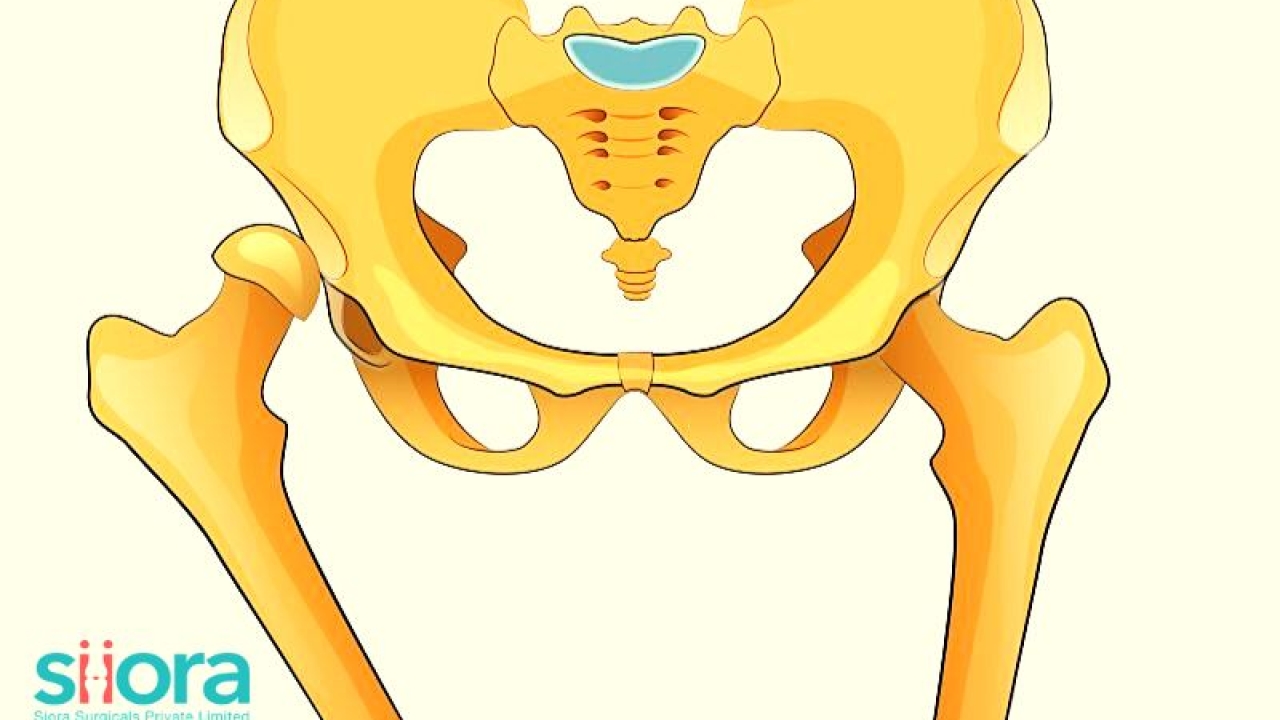Hip Dislocation - An Educational Guide
Posted on 18 March, 2023 by siiora surgicals

Hip dislocation is a painful condition that can affect anyone be it a young adult or an elderly. There could be different causes of the dislocation and that decides the severity of the condition. However, people who have undergone hip replacement are at high risk of hip dislocations. Besides this, those who are suffering from hip dysplasia may also experience dislocation.
In this post, we will see hip dislocation in detail along with the diagnosis and treatment.
For an international standard quality range of hip implants, find an experienced trauma implants manufacturer in India.
Hip Dislocation – A Brief Introduction
Our hip joint is formed by the femoral head (the ball) and the acetabulum in the pelvis (the socket). This is why the hip joint is known as a type of ball and socket joint. When a dislocation occurs, the femoral head slips out of its groove. Dislocation in the hip is often caused because of trauma. But this may not be the case for people with hip replacement surgery as artificial hip replacements are easier to dislocate.
Hip dislocations are medical emergencies that require immediate assessment by an orthopedic specialist. Dislocations cause pain in the hip and may also make it difficult for the person to walk or stand.
Types of Hip Dislocation
Dislocation can be of three types:
Developmental Dislocation of the Hip (DDH)
Also known as hip dysplasia, developmental dislocation of the hip is a condition in which the person has a loose hip joint by birth. They have a shallow hip socket and don’t hold the joint in place as it should. Hip dysplasia also results in loose muscles and ligaments in the hip.
Hip Subluxation
Hip subluxation is when there is partial movement of the femoral head from its socket. Hence, the condition is also called partial hip dislocation. Hip subluxation may be chronic or recurrent. People suffering from the condition may be able to walk but the pain will be there.
Complete Hip Dislocation
A complete hip dislocation is when the femoral head entirely moves out from the acetabulum. Severe trauma is the commonest cause of complete hip dislocation and such cases require immediate medical attention as they are severe.
How Hip Dislocation is Diagnosed?
The diagnosis of hip dislocation requires physical examination as well as imaging tests. However, an experienced orthopedic specialist can assess a dislocated hip just by looking at it but, a thorough examination is required for confirmation.
During the physical examination, the orthopedic specialist will look for deformity, swelling, and bruising. After this, imaging tests like X-rays and/or CT scans are performed.
What is the Treatment for Hip Dislocation?
The aim of the treatment of hip dislocation is to bring back the dislocated bone, and the process for that is called reduction. In the case of partial hip dislocation, the orthopedic specialist will perform the closed reduction. Here, the dislocated bone will be manipulated back to its original position. This process is carried out under general anesthesia.
Complete hip dislocation requires surgical reduction and this may also involve the use of hip implants.
For a CE-certified range of hip implants and instruments, contact Siora Surgicals Pvt. Ltd., a trustworthy orthopedic implant manufacturer. The company is also looking to become one of the best Orthopedic Equipment Suppliers in Slovakia to expand its international market reach.